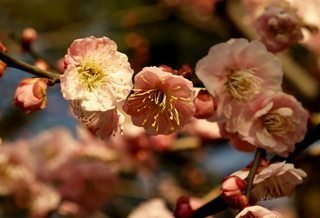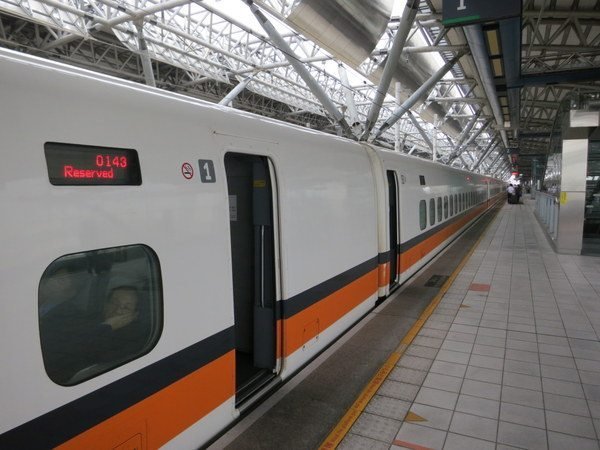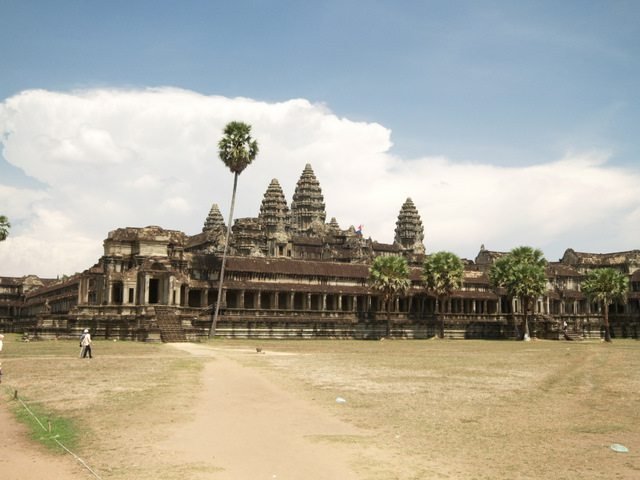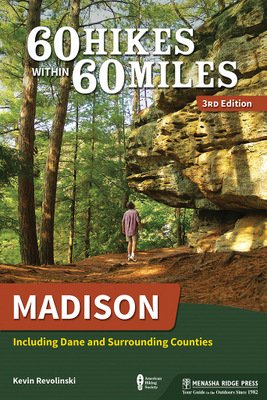Kyoto As You Like It: Private Tours in the Heart of Japan
 Can you imagine a Rasputin-esque Buddhist monk sleeping with the Empress of Japan whispering political intrigues that would end up in effect ending female rulers in the Empire? Or the Emperor down on his luck as his once beautiful capital lay in shambles after a civil war leaving him to wander the streets in madness trying to sell his calligraphy to survive? Ian Ropke can tell you a few stories about Kyoto. Or he can just keep quiet. It’s really up to you.
Can you imagine a Rasputin-esque Buddhist monk sleeping with the Empress of Japan whispering political intrigues that would end up in effect ending female rulers in the Empire? Or the Emperor down on his luck as his once beautiful capital lay in shambles after a civil war leaving him to wander the streets in madness trying to sell his calligraphy to survive? Ian Ropke can tell you a few stories about Kyoto. Or he can just keep quiet. It’s really up to you.
That’s the philosophy of Your Japan Private Tours of which Ian is the director. I am here to visit a couple obvious sites like Nijo Castle and Heian Shrine and then find some quiet space in a city that sees over 30 million tourists per year. Ian has planned this tour based on those requests and filled in where I hadn’t been sure what I wanted.
I meet him at the imposing gate of Kurodani Temple on Mount Yoshida overlooking the city. We are the only people here save for a monk we can hear chanting inside the main hall.
 Founded as the Imperial capital in 794, Kyoto remained the center of Japanese civilization for over a thousand years. Though Tokyo has claimed the role of capital since 1857, Kyoto is still known as The Heart of Japan and acts as a living museum of a culture steeped deeply in arts, architecture, spirituality and tradition.
Founded as the Imperial capital in 794, Kyoto remained the center of Japanese civilization for over a thousand years. Though Tokyo has claimed the role of capital since 1857, Kyoto is still known as The Heart of Japan and acts as a living museum of a culture steeped deeply in arts, architecture, spirituality and tradition.
After we tour the temple complex, Ian calls a cab as we pass along a cemetery with wooden prayer sticks protruding from the graves and then duck into another smaller temple to admire the ornamental designs and a small garden. By the time we reach the end of the street our ride is there waiting. We are whisked off to the brilliantly painted Heian Shrine and left at the gate. Ian gives me the basic information and then we stop at a purification fountain where pilgrims must wash their hands and mouths before praying.
 Now pure, I am ready to walk several blocks to a narrow, covered street redolent with fresh flowers. Various tea blends are displayed in bulk, fruits, herbs and vegetables lay out on low tables, and in a few shops I see sushi being prepared with incredible speed and grace. “I like to bring visitors to this place because it is still how things used to be everywhere.”
Now pure, I am ready to walk several blocks to a narrow, covered street redolent with fresh flowers. Various tea blends are displayed in bulk, fruits, herbs and vegetables lay out on low tables, and in a few shops I see sushi being prepared with incredible speed and grace. “I like to bring visitors to this place because it is still how things used to be everywhere.”
Though he and his guides are well-versed history, Ian likes to avoid a litany of facts. “Kyoto is like a stage setting-a romantic, amazing place. We think of that when we go to Paris. It makes us feel romantic and nostalgic and here it should be the same. An incredible trip back in time. I try to have the guides reduce the amount of raw information to little snapshots-how old is it? what is it?-and just let the client enjoy looking at it, seeing what they want to see.”
And with a culture so absorbed by natural beauty and harmony, there is plenty to see. There are over 2,000 temples and shrines and the gardens are innumerable. Plum blossoms are believed to ward off danger and trees are often planted in the northeast corner of a property, the so-called devil’s gate. Nijo  Castle, for example, has over 140 plum trees and their pink and white blossoms are stunning in March.
Castle, for example, has over 140 plum trees and their pink and white blossoms are stunning in March.
We enter a street of shops selling antiques and woodblock prints the area and it’s so quiet I have to ask Ian why everything is closed. He smiles, “No, they’re actually all open.” When we step inside we are the only customers and a polite shopkeeper emerges to answer our questions.
We cross a bridge over a shallow river and meet three geishas posing for tourists’ cameras. “Those are actually tourists.” Women can receive “Geisha makeovers” and then have a photo shoot  and an hour’s stroll through the street with their temporary new look. A couple blocks into the Gion District, famous for geishas, I see a real example on her way to work, and others enjoying a late lunch in a nearby restaurant.
and an hour’s stroll through the street with their temporary new look. A couple blocks into the Gion District, famous for geishas, I see a real example on her way to work, and others enjoying a late lunch in a nearby restaurant.
As we duck down another back street Ian points out a small bowl of salt by someone’s back door used to protect against evil spirits. Nearby we find a small, family-run restaurant for a simple but delicious meal of soba noodles.
The afternoon will take me to Nijo Castle and then Kinkakuji Temple with its stunning Golden Pavilion, but for now I get some more explanation of the ancient culture that still breathes through these modern streets. “Temples are about death. Shrines are about life,” Ian tells me. Kyoto then is Japan’s ultimate shrine.
_________________________
Your Japan Private Tours
Email: yourjapanprivatetours [at] gmail [dot] com
Phone: +81-(0)50-5534-4372 (9:00-12:00; 21:00-23:00, GMT+09) | +1-415-230-0579 (15:00-18:00, PST)
Prices for a full-day tour run YEN45,000 for up to SIX people (a half day is YEN 31,000), plus expenses such as taxi/subway fare, meals, and entry fees which can be minimal for those interested in walking tours and finding that quaint little hole-in-the-wall local restaurant for lunch.
Ian Ropke has lived in the Kansai region for more than 20 years. He has held various editorial, consulting, and translation-related positions. He has also served as the editor of both the Osaka’s Visitor’s Guide and the Kyoto Visitor’s Guide.





 ORDER YOUR COPY TODAY!
ORDER YOUR COPY TODAY! ORDER YOUR COPY TODAY!
ORDER YOUR COPY TODAY!
Pingback: Japan’s Iconic Clothing: The Kimono
Pingback: The Next Big Trip – Spring 2012
Pingback: Japanese Homestay: Yugawara Hot Springs (Onsen)
This information you provided in the blog that was really unique I love it!!, Thanks for sharing such a great blog